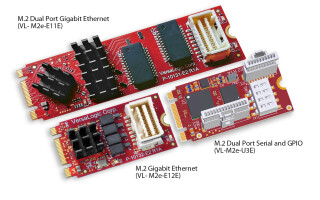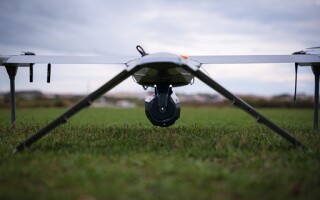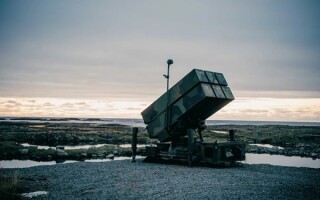NAWCAD engineer working with AI to sort radar interference
NewsMay 22, 2018

NAVAL AIR WARFARE CENTER AIRCRAFT DIVISION, PATUXENT RIVER, Md. An engineer at the Naval Air Warfare Center Aircraft Division (NAWCAD) is working on developing an artificial intelligence (AI) system that could potentially teach itself how to recognize and remove external interference from radar signals.
The AI system is an outgrowth of Ph.D. research into pulsars and mysterious cosmic signals called fast radio bursts conducted by Stephen Itschner, the Atlantic Test Range (ATR) electrical engineer: “I’m hoping it will help us automate a process that’s now very time consuming because we have to do it all by hand,” said Itschner, who works with ATR’s Advanced Dynamic Aircraft Measurement System (ADAMS) group. If successful, Itschner’s system will be integrated into ADAMS, which provides radar cross-section data from aircraft during flight tests.
According to Itschner, his system achieved 80 percent correct radio-frequency interference (RFI) classifications with almost no false positives, or virtually no misidentification of true radar returns as RFI when using a “proof-of-concept” set of radar data from a Learjet. He trained the AI system to recognize 90 percent of the Learjet data, then tested it against the remaining 10 percent, which the system had not encountered before. “I've gotten it to train and test well on one class of target,” Itschner said. “But I haven't yet looked at whether that type of training will extend to, say, a helicopter or other type of jet.”
Jim Ashley, head of ATR’s Aircraft Signature and Avionics Measurement branch, said of the project: “Radar cross-section post-analysis is very labor-intensive. We’re hoping Steve’s research will lead to an 80 percent solution – letting the machine do 80 percent of the work before we turn it over to our human analysts.”
Ashley said the ADAMS equipment is being upgraded to handle new and more complex aircraft programs that will require far more sophisticated data-analysis: “It’s simply not going to be practical to continue using people to do all of it,” he said.





